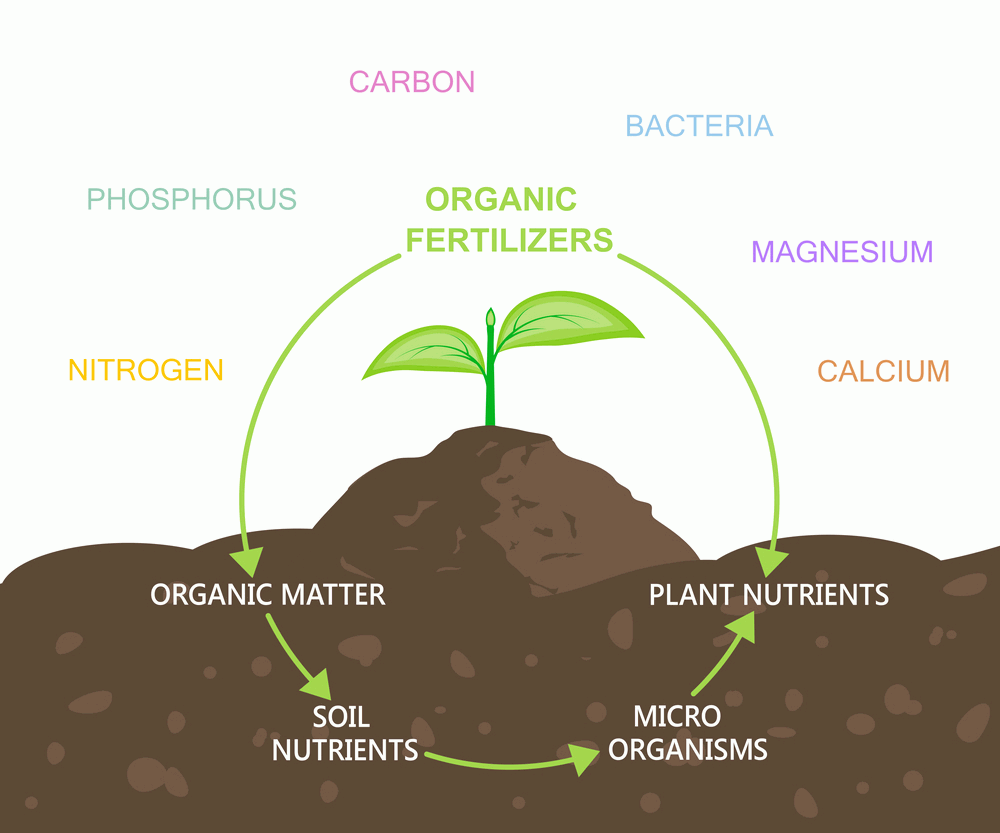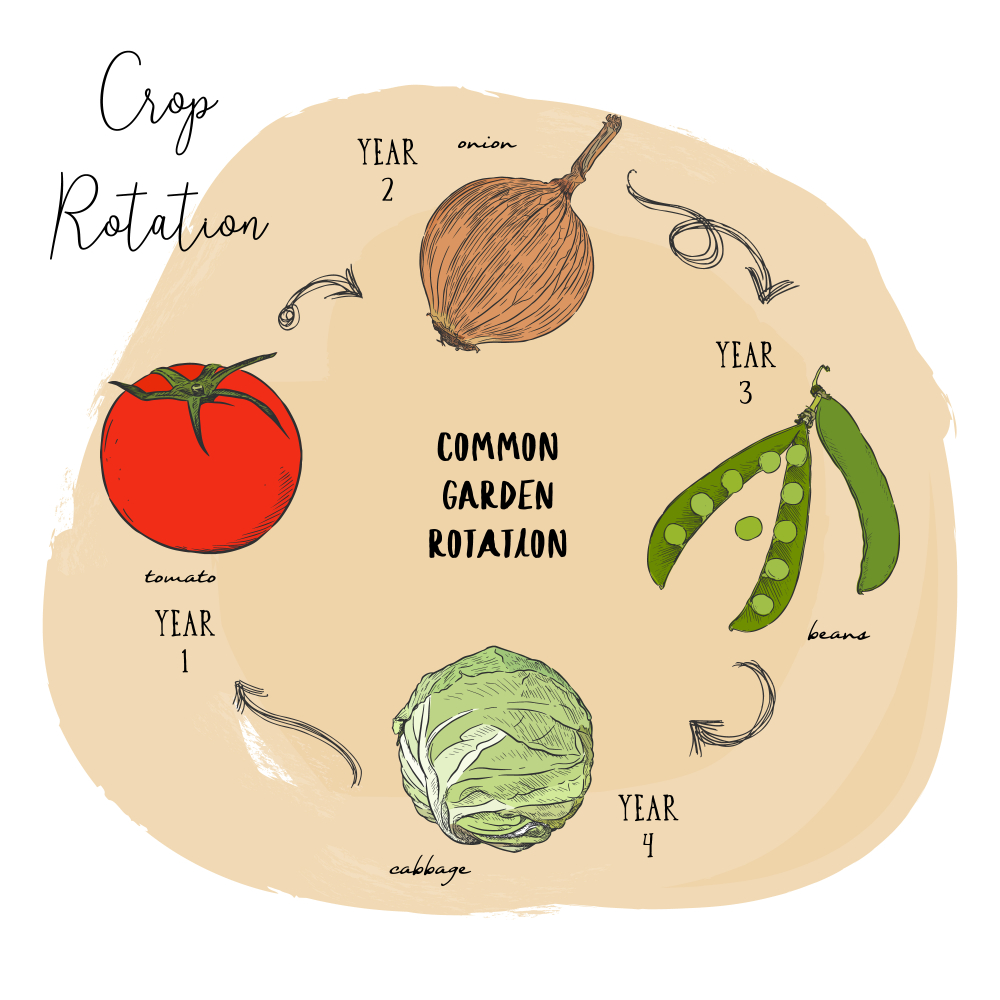

Arabian Jasmine, also known as Jasminum Sambac, is a popular flowering plant that is native to Southeast Asia. The plant is characterized by its beautiful white blooms, which are highly fragrant and often used in perfumes and essential oils. Arabian Jasmine is commonly grown as an ornamental plant in gardens and is also used for its medicinal properties.
Arabian Jasmine is a shrub that can grow up to 3 meters in height, and it produces delicate, white flowers with a distinct, sweet fragrance. The flowers typically bloom in the late spring and summer months, and they are often used in traditional religious ceremonies and celebrations in Southeast Asia.
Apart from its aesthetic appeal, Arabian Jasmine is also known for its medicinal properties. The plant is believed to have anti-inflammatory and anti-microbial properties, and it has been traditionally used in Southeast Asia to treat a variety of ailments, including anxiety, depression, and digestive issues.
How to Grow Arabian Jasmine?
- Choose a suitable location: Arabian Jasmine thrives in warm, humid climates and requires plenty of sunlight. Choose a location that receives at least 6 hours of sunlight per day and has well-draining soil.
- Planting: Arabian Jasmine can be grown from seeds or cuttings. If you are planting from seeds, soak the seeds in warm water for a few hours before planting to help with germination. For cuttings, select a healthy stem and remove any leaves at the bottom of the stem. Dip the cut end of the stem in rooting hormone and plant in well-draining soil.
- Watering: Arabian Jasmine requires regular watering to thrive. Water the plant deeply once a week, making sure the soil is moist but not waterlogged. During hot, dry periods, the plant may need more frequent watering.
- Fertilizing: Arabian Jasmine benefits from regular fertilization. Use a balanced fertilizer once a month during the growing season to promote healthy growth and blooms.
- Pruning: Arabian Jasmine can be pruned to maintain its shape and promote bushier growth. Prune after the blooming season to encourage new growth and remove any dead or damaged branches.
How to Propagate Arabian Jasmine?
- Select a healthy stem: Choose a healthy stem from your existing Arabian Jasmine plant. Look for a stem that is firm and has no signs of disease or damage.
- Cut the stem: Using a sharp and clean pair of scissors or pruning shears, cut a 6-inch stem from the parent plant. Make sure the cut is at a 45-degree angle.
- Remove lower leaves: Remove the lower leaves from the stem, leaving only 2-3 leaves at the top.
- Apply rooting hormone: Dip the cut end of the stem in rooting hormone powder to encourage root growth.
- Plant the stem: Fill a pot with well-draining soil and make a hole in the center. Insert the stem into the hole and press the soil around it firmly.
- Water the stem: Water the newly planted stem deeply and place it in a warm, bright location with indirect sunlight.
- Wait for roots to develop: After a few weeks, check for root growth by gently tugging on the stem. If the stem resists, roots have developed, and you can now care for the plant as usual.
How to Pot and Repot Arabian Jasmine?
Potting:
- Choose a suitable pot: Select a pot that is slightly larger than the current one and has drainage holes at the bottom to prevent waterlogging.
- Prepare the soil: Use well-draining potting soil that is rich in nutrients and has a pH between 6.0-7.5.
- Transplanting: Gently remove the plant from its current pot and loosen the roots. Place the plant in the new pot and add soil around the sides, making sure to keep the plant level.
- Watering: Water the newly potted plant deeply and place it in a warm, bright location with indirect sunlight.
Repotting:
- Check for signs of root bound: Repot Arabian Jasmine when you notice signs of root bound, such as roots growing out of the drainage holes or the plant not thriving.
- Follow potting steps: Follow the steps for potting to transfer the plant to a larger pot.
- Prune if necessary: If the plant is overgrown, you may need to prune some branches to maintain its shape.
- Care for the plant: After repotting, water the plant deeply and continue to care for it as usual.
How to Prune Arabian Jasmine?
Pruning Arabian Jasmine is an essential part of its care, as it helps to maintain its shape, promote growth, and prevent disease. Here are some steps to follow to successfully prune your Arabian Jasmine plant:
- Choose the right time: Prune Arabian Jasmine after its blooming period, which usually occurs in the spring or summer.
- Prepare tools: Use a sharp and clean pair of pruning shears or scissors to make clean cuts without damaging the plant.
- Identify the branches to prune: Identify the branches that need to be pruned, such as those that are dead, damaged, or crossing over other branches.
- Cut the branches: Cut the branches at a 45-degree angle, just above a leaf or a bud.
- Shape the plant: Prune the plant to the desired shape, such as a bush or a trellis.
- Remove diseased branches: Remove any diseased branches and dispose of them to prevent the spread of disease.
- Maintain the plant: Regular pruning promotes healthy growth and prevents overcrowding, so prune the Arabian Jasmine plant regularly.
How to care for Arabian Jasmine?
Arabian Jasmine is a fragrant and beautiful plant that requires proper care to thrive. Here are some tips to keep your Arabian Jasmine plant healthy and flourishing:
- Light: Arabian Jasmine prefers bright but indirect sunlight, so place it near a sunny window that receives indirect light.
- Watering: Water the plant regularly and deeply, ensuring that the soil is moist but not waterlogged. Allow the top inch of soil to dry before watering again.
- Soil: Use well-draining potting soil that is rich in nutrients and has a pH between 6.0-7.5.
- Fertilizer: Feed the plant with a balanced fertilizer once a month during the growing season to promote healthy growth and blooming.
- Humidity: Arabian Jasmine thrives in humid environments, so place a humidifier near the plant or mist it with water regularly.
- Pruning: Regularly prune the plant to maintain its shape, promote growth, and prevent disease.
- Pests and diseases: Monitor the plant for pests and diseases, such as spider mites, scale, and powdery mildew, and treat them promptly with insecticidal soap or fungicides.
Varieties of Arabian Jasmine?
Arabian Jasmine (Jasminum sambac) is a fragrant and beautiful plant that belongs to the Oleaceae family. It is native to South Asia, particularly India, and is commonly grown for its fragrant flowers. There are several varieties of Arabian Jasmine, including:
- Grand Duke of Tuscany: This variety has large and double white flowers with a strong and sweet fragrance.
- Maid of Orleans: This is a popular variety with single white flowers and a sweet fragrance. It is a compact plant that is ideal for container gardening.
- Belle of India: This variety has double pink flowers with a sweet and fruity fragrance. It is a large plant that can grow up to 10 feet tall.
- Sambac: This is the most common variety of Arabian Jasmine and has single or double white flowers with a sweet fragrance. It is a popular plant for both indoor and outdoor gardening.
- Arabian Knight: This variety has single or double pink flowers with a sweet fragrance. It is a compact plant that is ideal for container gardening.
FAQs Related to Arabian Jasmine
Q: How often should I water my Arabian Jasmine?
A: Water your Arabian Jasmine regularly, ensuring that the soil is moist but not waterlogged. Allow the top inch of soil to dry before watering again. In general, Arabian Jasmine plants require more frequent watering during the growing season and less frequent watering during the dormant season.
Q: Does Arabian Jasmine require full sunlight?
A: Arabian Jasmine prefers bright but indirect sunlight. It can tolerate partial shade, but it requires at least 4-6 hours of sunlight daily to thrive.
Q: Can Arabian Jasmine be grown indoors?
A: Yes, Arabian Jasmine can be grown indoors as long as it receives enough sunlight and proper care. It can be grown in a pot or container and placed near a sunny window that receives indirect light.
Q: How often should I fertilize my Arabian Jasmine?
A: Feed your Arabian Jasmine with a balanced fertilizer once a month during the growing season to promote healthy growth and blooming. Avoid fertilizing during the dormant season.
Q: How can I propagate Arabian Jasmine?
A: Arabian Jasmine can be propagated through stem cuttings or layering. Take a 4-6 inch stem cutting from a healthy plant and remove the bottom leaves. Dip the cut end in rooting hormone and plant it in well-draining soil. Keep the soil moist and place the cutting in a warm and bright location until it roots.
Q: How can I control pests and diseases on my Arabian Jasmine?
A: Monitor your Arabian Jasmine for pests and diseases, such as spider mites, scale, and powdery mildew. Treat them promptly with insecticidal soap or fungicides. Avoid over-watering and ensure proper drainage to prevent root rot.














